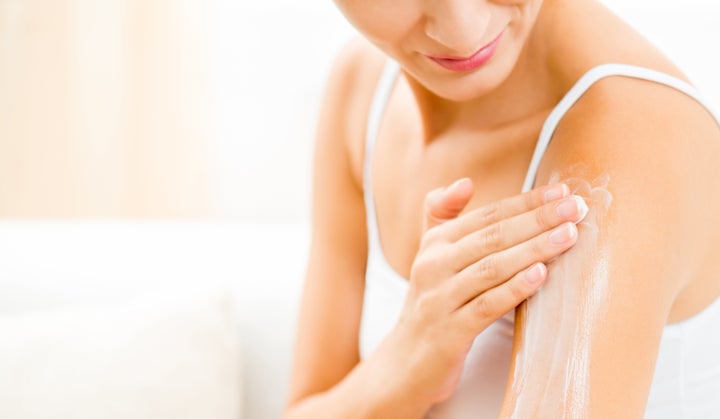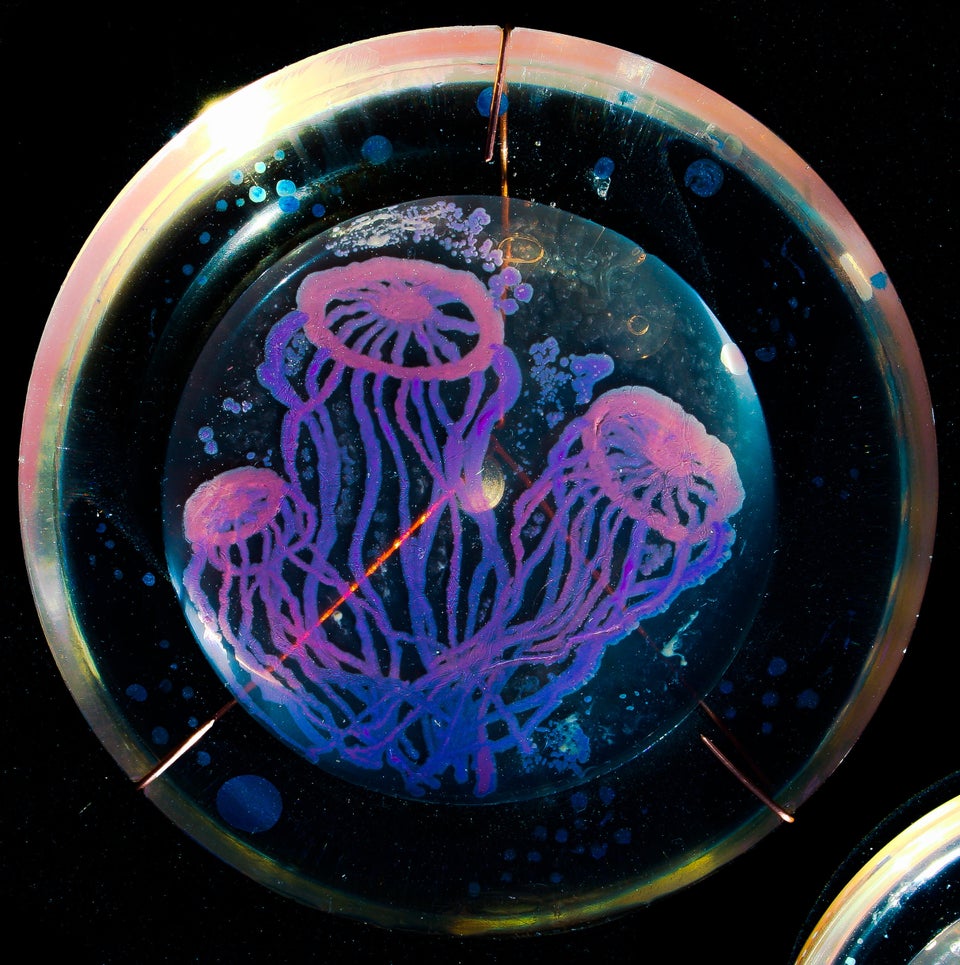
Human skin is home to a multitude of microbes, including some that are helpful and some that could potentially be harmful. Now, a small pilot study shows that it might be possible to harness the good bacteria, put them into a lotion and then spread that lotion onto the skin to fight off the bad bacteria.
In the study, researchers took bacterial samples from patients’ skin, picked out certain species and cultured them in a lab, and then put these bacteria into a lotion. They found that, for five patients with a skin condition, the bacteria-rich lotion protected them against infections by destroying harmful germs on their skin.
The findings show that “bacteria have a very important role to play in our immune defense,” Dr. Richard Gallo, chair of the Department of Dermatology at the University of California, San Diego, and one of the study authors, told Live Science. The study was published Feb. 22 in the journal Science Translational Medicine. [Body Bugs: 5 Surprising Facts About Your Microbiome]
In the study, the researchers looked at patients with eczema, a condition which causes itchy, red, inflamed skin. In some people, the condition is chronic, which means that it recurs again and again.
Eczema also makes patients more susceptible to staph infections. (”Staph” is short for the bacterial group known as Staphylococcus.)
The researchers found that the patients who had persistent eczema tended to be deficient in the friendly bacteria that kill a type of bacteria called Staphylococcus aureus. In contrast, people without eczema have an abundance of the helpful bacteria, according to the study.
The researchers analyzed the friendly strains of bacteria, which are also forms of staph, but types that do not cause harm. They found that these bacteria produce two natural antibiotic agents, known as “antimicrobial peptides,” according to the study. The human body also makes these substances, but the new study suggests that the bacteria on the skin do a better job of producing them, the researchers said.
In experiments using pig skin and mice, the researchers found that the “good” bacteria strongly inhibited the growth of several harmful staph strains, including methicillin-resistantStaphylococcus aureus, or MRSA, a pathogen that is resistant to multiple types of antibiotics.
What’s more, the animal experiments showed that even as pathogens were killed off, other colonies of bacteria continued to thrive. Conversely, traditional antibiotics tend to destroy both helpful and harmful germs all at once, potentially weakening people’s immune response.
The five patients in the study had only tiny amounts of the good bacteria on their skin, and all tested positive for the type of staph that causes infections. The researchers swabbed the patients’ skin, and cultured the few friendly strains of bacteria they could find. Then, they grew more of these bacteria in the lab, and added the microbes to a lotion.
To test whether the good bacteria would kill harmful bacteria, and help prevent infections, the researchers had the patients apply their own personalized microbe-containing lotion to one arm and regular moisturizer to the other. After 24 hours, in all five patients, only the arms treated with the microbe-containing lotion showed near total improvement, and in two patients, the staph pathogens were destroyed entirely. [7 Absolutely Horrible Head Infections]
While the results of this test were promising, questions remain.
First, the study was very small, so the results need to be confirmed in larger studies. In addition, although the lotion prevented skin infections, it’s not clear whether it would improve the patients’ skin condition, Gallo said.
Researchers also don’t know if the patients were “cured” of the staph pathogen, or if they would need to keep reapplying the lotion in the future.
For this study, the bacteria in the lotions came from the patients’ own skin, but that’s already changing.
“The next-stage trial that is underway now is to just use one universal strain and apply it to everyone,” Gallo said.
Original article on Live Science.
